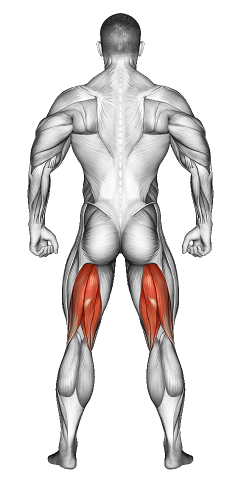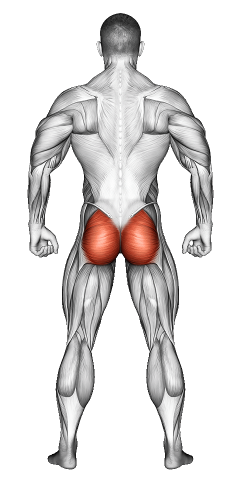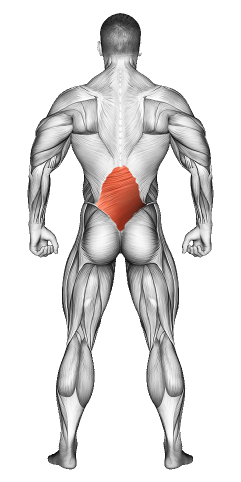Glute Ham Raise: Video Tutorial & Exercise Guide

Written By: Claude Michael
Updated: Oct 13, 2024
| Workout | Glute Ham Raise |
| Primary Muscle Group | Hamstrings |
| Secondary Muscle Group | Glutes, Lower Back |
| Equipment Required | Glute Ham Raise Machine |
| Force Type | Pull |
| Mechanics | Isolation |
| Exercise Type | Strength |
| Difficulty | Intermediate |
Glute Ham Raise: Video Tutorial & Exercise Guide
- 1.Glute Ham Raise: Muscle Groups
- -1.1Primary Muscle Group
- -1.2Secondary Muscle Group
- 2.Glute Ham Raise: Step-by-Step Guide
- 3.Glute Ham Raise: Overview
- 4.Glute Ham Raise: Benefits
- 5.Glute Ham Raise: Pro Tips & Advanced Techniques
- 6.Glute Ham Raise: Progression Plan
- 7.Glute Ham Raise: Frequently Asked Questions (FAQs)
Secondary Muscles Group
Glute Ham Raise: Step-by-Step Guide
- Step 1: Begin by securing your feet under the footpads of a glute ham raise machine or similar equipment, with your knees resting on the pad.
- Step 2: Start in an upright position with your torso straight, keeping your core tight and glutes engaged.
- Step 3: Slowly lower your body forward by bending at the knees, keeping your back straight as you descend.
- Step 4: Once you are close to parallel with the ground, use your hamstrings to pull yourself back up to the starting position.
- Step 5: Squeeze your glutes and hamstrings at the top, then repeat for the desired number of reps.
Glute Ham Raise: Overview
The glute ham raise is a highly effective exercise that targets the hamstrings, glutes, and lower back. It’s often used in strength and conditioning programs to build posterior chain strength and improve athletic performance. This exercise focuses on eccentric and concentric contractions of the hamstrings, making it great for building strength and muscle mass in the back of the legs.
Glute Ham Raises: Benefits
Glute ham raises strengthen the hamstrings, glutes, and lower back, contributing to improved balance and injury prevention. By strengthening the posterior chain, they help with movements like deadlifts and squats, and they also enhance explosive power, making them great for athletes. Regularly performing this exercise can help prevent hamstring strains and improve your overall athletic performance.
Glute Ham Raise: Pro Tips & Advanced Techniques
Form focus: Maintain a straight line from your shoulders to your knees throughout the movement. Avoid arching your back or letting your hips drop.
Controlled movement: Move slowly during the lowering phase (eccentric) to fully engage the hamstrings. The more control you have, the more you'll benefit.
Added resistance: If you find the exercise easy, hold a weight plate or medicine ball across your chest for extra resistance.
Glute Ham Raises: Progression Plan
Beginner
Intermediate
Advanced
Glute Ham Raise: Frequently Asked Questions (FAQs)
What muscles do glute ham raises target?
+Glute ham raises primarily target the hamstrings and glutes, with secondary engagement of the lower back.
How often should I do glute ham raises?
+Perform them 1-2 times per week in your lower body or posterior chain workouts to build strength and prevent hamstring injuries.
Can I add weight to glute ham raises?
+Yes, you can hold a weight plate or dumbbell across your chest to increase resistance and challenge your hamstrings further.
What common mistakes should I avoid?
+Avoid using momentum to lift yourself back up. Focus on slow, controlled movements to properly engage the hamstrings and glutes.
Share
Don’t Wish for It, Work for It – Join the FlexXP Newsletter Today!
Thank you for signing up for the FlexXP Newsletter!
This site is protected and the Google Privacy Policy and Terms of Service apply.


